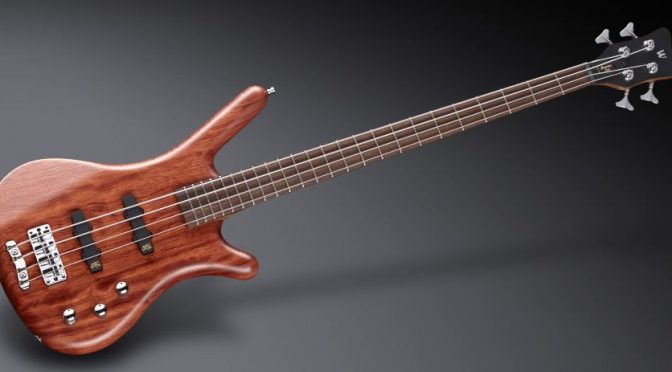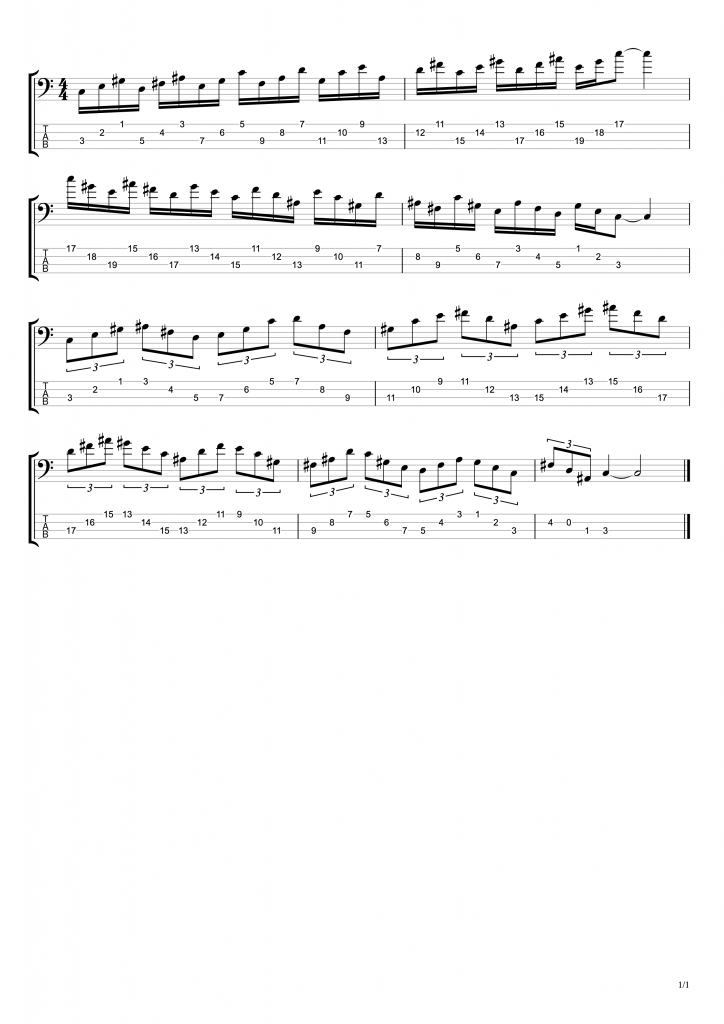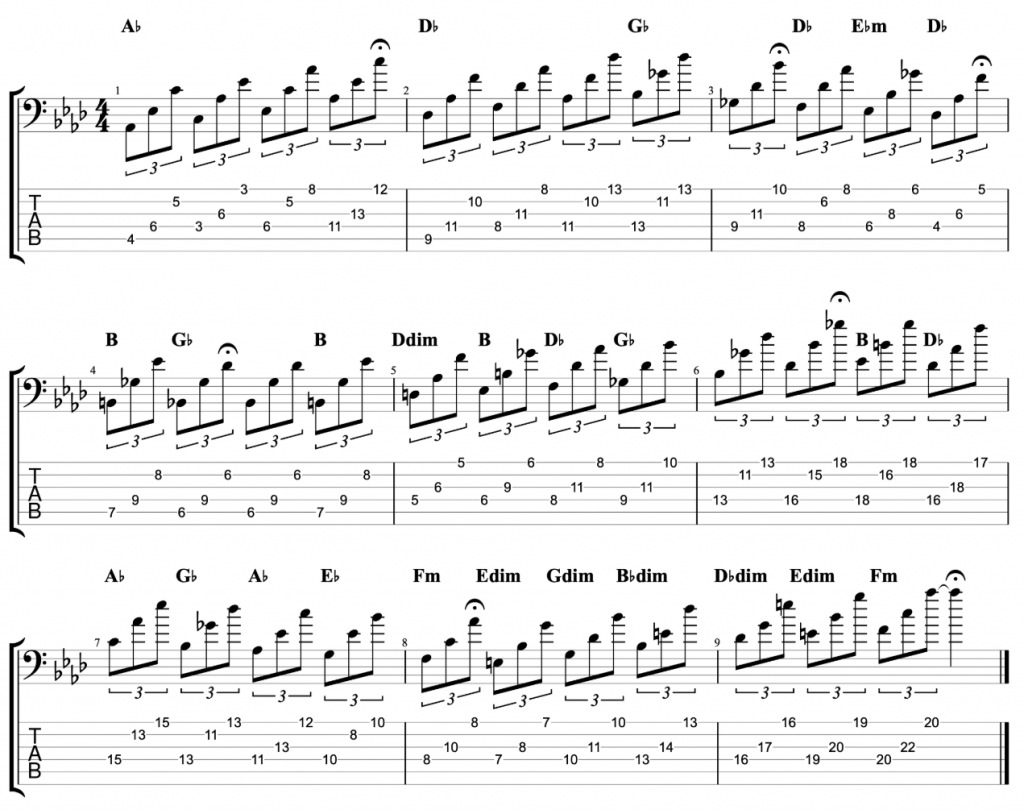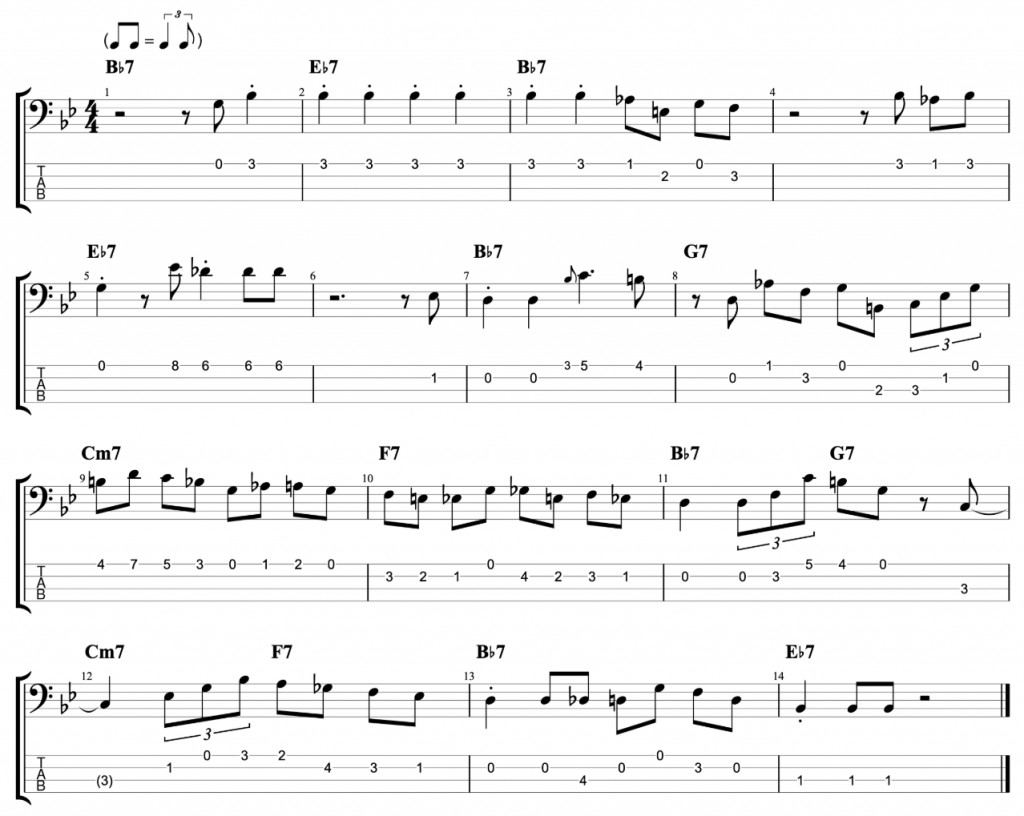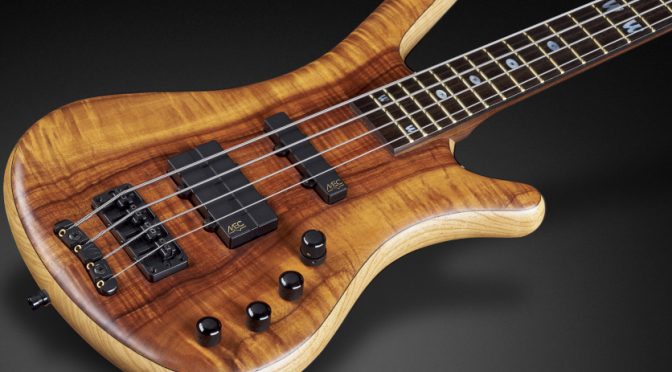Chord Scales on Six String Bass – Bass Practice Diary – 22nd October 2019
I’ve done a few videos recently about chord voicings and progressions for six string bass. So, I felt that I really needed to do a video about chord scales. Because chord scales might be the best way to practice playing chords on bass. If you really want to explore the full potential of every chord voicing that you play. As well as learn how to use them all over the fretboard. Then practising chord scales is the way to achieve that.
What is a chord scale?
You can turn just about any chord voicing into a chord scale. The idea is, that every chord implies a particular scale. There may be more than one scale option for a particular chord. For example, for an E7 chord you could us E mixolydian. But you could also use plenty of other scales, like an E lydian dominant scale. In that case you could come up more than one chord scale.
Once you have a chord voicing and a scale, you simply create a chord scale by moving all of the notes in your chord voicing up one scale step at a time.
So, I’ll use the C major chord scale that I used in the video as an example. The C major scale goes C, D, E, F, G, A, B, C. And the notes of the C major chord are C, E and G. So, to make the second chord in the scale, the C becomes D, E becomes F and G becomes A. D, F and A is D minor. And when you continue moving up the chord scale you get seven different chords. One chord starting on each of the seven notes of the C major scale.

More Chord Scale Examples
Here are some more examples from the video. This first one is in F major and uses a basic triads voicing.

Here is the same key using seventh chords.

This next one is in the key of A major, and it uses inverted triads. Meaning that the root note is not the lowest note in the chord voicing.

These are all fairly simple chord scales. If you’d like to find a slightly more advanced application of this idea. Then check out this video. It’s a voicing that I learned from Oteil Burbridge, that I then turned into a chord scale.


